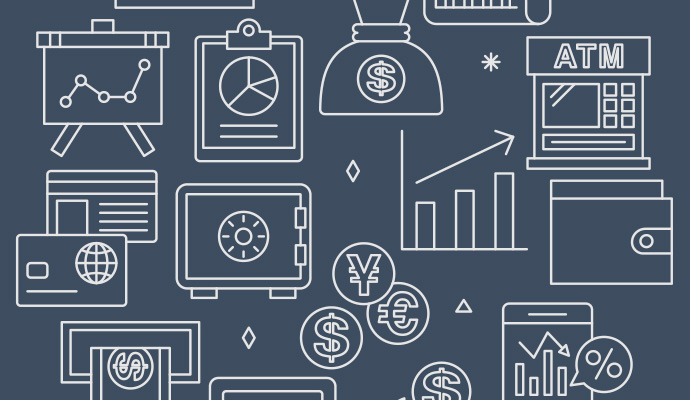Dollarization: Opportunity or Quagmire?
(originally published by Booz & Company)More than the Big Mac, Coca-Cola, or Levi's 501 jeans, the dollar is surely the United States' signature export. Having long had a market among money launderers, drug smugglers, and tax evaders, the greenback has now gone up-market. Rather than seeking to produce a stable currency themselves, a growing number of Latin American governments are considering importing it — that is, giving the U.S. dollar legal tender status, a technique known as dollarization. In 1998, there was talk of Argentina adopting the dollar. Now Ecuador seems ready to jump on the bandwagon.
How should U.S. companies considering whether to establish a distribution network or open a branch operation in Latin America regard the news that a country is contemplating dollarization? It would seem, at first blush, that dollarization must be good. Replacing the local currency with the dollar simplifies planning. It eliminates currency risk. It removes the possibility that accounts receivable will be inflated away. Doesn't this necessarily make the country a more attractive place to do business?
The answer, alas, is no, because countries are tempted to adopt the dollar under two very different sets of conditions.
One is that of "Country A," for which dollarization is the culmination of a long process of policy reform. The government first halts inflation. It strengthens the banking system, cuts the budget deficit, and pushes through labor market reform. Only then does it adopt the dollar. The economy, having been properly primed, finds living with the dollar easy. And by making it all but impossible for the government to revert to its bad old inflationary ways, dollarization locks in other policy reforms. One can hardly imagine a better place to invest.
Then there is "Country B," where reform has not yet begun. This country suffers from an unsustainable budget deficit, high inflation, severe banking problems, and political unrest. Dollarization is seen as a way of jump-starting reform and restoring investor confidence. With the adoption of the dollar, inflation will come down at a stroke. Exchange rate instability will disappear. With no central bank to finance the budget deficit, politicians will have to find the resources to balance the budget and recapitalize the banks. Previously factious interest groups will have to hammer out an agreement on how to pay the bills.
Dollarization raises the stakes in Country B, because it intensifies the pressure to reach a political consensus by foreclosing other options. This, of course, also raises the possibility of another, less happy outcome. If consensus is not achieved, then the government, having lost the ability to print money, will have no way of averting the collapse of the banking system.
Unable to finance itself with the printing press, it will have to gut public programs. Its fiscal cuts will be seen as arbitrary and inequitable, leading the indigenous peoples to descend from the highlands and call for the president's ouster. Political and financial chaos, not stability, will result. For this country, dollarization is a high-stakes gamble with no guarantee of success. It makes foreign investment there risky business.
"Country A," of course, is Argentina, while "Country B" is Ecuador. Clearly, American executives, when making strategic decisions, need to know more than simply that a country is prepared to dollarize. They need to understand the circumstances that have brought it to this point. ![]()
| Authors
Barry Eichengreen, eichengr@econ.berkeley.edu Barry Eichengreen is the George C. Pardee and Helen N. Pardee Professor of Economics and Political Science at the University of California (Berkeley). |


